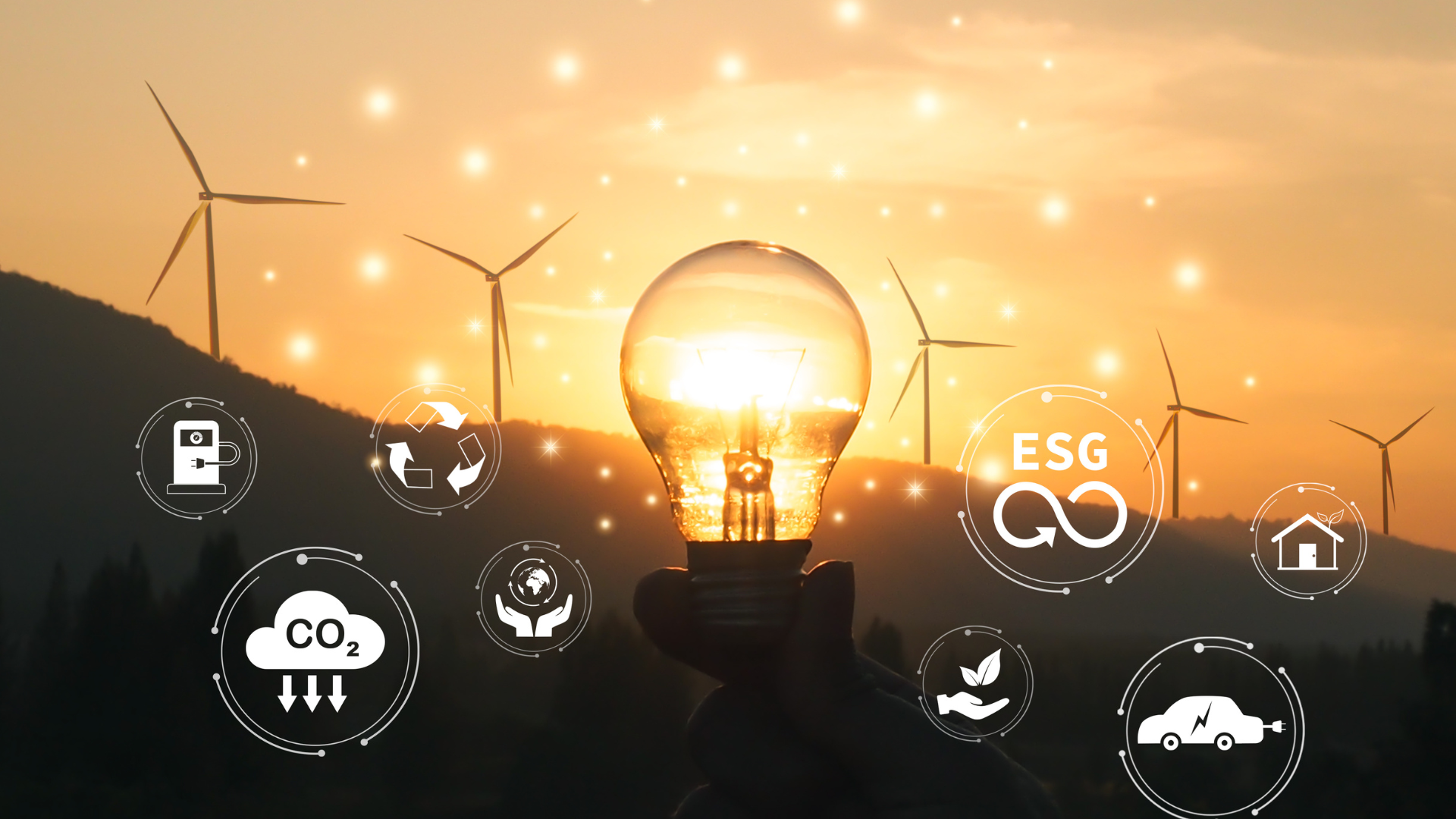Climate action is no longer optional,it’s urgent and necessary. As industries grow, so do carbon footprints. The built environment is one of the largest contributors to global carbon emissions, with buildings accounting for nearly 40% of annual global CO₂ emissions. In this scenario, the concept of net-zero carbon has taken centre stage. But what does this mean for businesses, and how can they build or transition to a net-zero emissions building? This guide will walk you through a comprehensive step-by-step process to develop Net Zero Facilities, while highlighting the impact of advanced technologies and strategic guidance provided by Ingenero, a leader in sustainable transformation.
Understanding Net-Zero Carbon Facilities
A net-zero carbon facility is one that balances the amount of carbon it emits with the amount it removes or offsets, resulting in net-zero carbon emissions. Simply put, it’s about ensuring that the building’s operations do not contribute to climate change. This is achieved through net-zero energy design, sustainable operations, and integrating technologies that improve energy efficiency and reduce emissions.
But it’s not only about the environment. Net-zero building design also reduces long-term operational costs, strengthens brand reputation, improves regulatory compliance, and enhances occupant well-being. For industries aiming for resilience and responsibility, net-zero emissions buildings are the future.
How Can Organizations Achieve Net Zero Emissions in Facilities?
Transitioning to a net-zero emissions model requires a blend of technical expertise, a long-term strategy, and the right implementation partner. Organizations must go beyond superficial efforts like tree-planting and embrace deep energy retrofits, renewable energy integration, and smart energy management. The journey also involves tracking carbon footprints accurately, adopting net-zero energy design principles, and committing to residual carbon offsetting when necessary.
This is where Ingenero plays a crucial role. With years of experience in energy analytics, digital transformation, and sustainable engineering, Ingenero helps industries navigate the complex journey toward net-zero carbon emissions with clarity, innovation, and impact.
Your Step-by-Step Path to Net Zero Facility Development
Let’s explore the step-by-step roadmap to creating a net-zero carbon facility:
Step 1: Measure Your Carbon Baseline and Define Scope
Before any transformation, you must first understand your current carbon footprint. This involves conducting a comprehensive greenhouse gas (GHG) inventory to assess emissions across operations, energy use, and the supply chain.
Key components to measure include:
- Scope 1: Direct emissions (e.g., from boilers, vehicles)
- Scope 2: Indirect emissions from purchased energy
- Scope 3: Other indirect emissions (e.g., from waste, procurement)
Accurate data is the foundation of effective decision-making. Ingenero uses advanced data analytics and digital tools to establish a reliable emissions baseline, providing visibility into where interventions will make the greatest impact.
Step 2: Set Science-Based Net Zero Targets
Once your emissions profile is clear, it’s time to chart the course forward with science-based targets. These goals should align with the Science Based Targets initiative (SBTi) and reflect your organization’s commitment to limiting global warming to 1.5°C.
At this step:
- Define clear reduction targets for each scope.
- Establish interim goals and final milestones (e.g., 50% reduction by 2030, net zero carbon by 2040).
- Build a roadmap with specific projects, budget allocations, and departmental responsibilities.
Ingenero works closely with businesses to set clear, achievable goals using scenario analysis and energy modelling. This ensures every target is grounded in science and tailored to your specific operational context.
Step 3: Create a Facility Emissions Reduction Roadmap
Achieving carbon net zero requires a practical, phased roadmap. This should include strategies for both energy efficiency and emissions reduction, such as:
- Retrofitting existing systems with high-efficiency alternatives
- Integrating renewable energy sources like solar and wind
- Electrifying heating, cooling, and transport systems
- Optimizing building performance using smart technologies
This roadmap should align with capital planning, budget cycles, and regulatory requirements. With Ingenero’s engineering expertise, you gain a detailed, executable plan that bridges technical possibilities with business priorities, making net-zero building design a structured, achievable reality.
Step 4: Commit to Carbon Removal for Residual Emissions
Even the most efficient net-zero buildings may produce residual emissions that are difficult to eliminate entirely. In these cases, businesses must invest in certified carbon removal or offset strategies.
Options include:
- Investing in nature-based solutions like reforestation
- Supporting carbon capture and storage (CCS) projects
- Purchasing high-quality carbon credits
However, offsetting must be the last step, not a substitute for actual reduction. Ingenero ensures that your carbon removal strategy is credible, verifiable, and complements your primary reduction efforts, keeping your net-zero emissions building accountable and transparent.
Step 5: Lead by Example and Inspire Industry Change
Reaching net-zero carbon is an achievement—but it’s also a responsibility. As a business, your success can drive industry-wide change.
Organizations should:
- Publicly share their net-zero journey
- Engage stakeholders, employees, and supply chain partners.
- Influence peers to adopt a net-zero energy design.
Leadership in sustainability creates a ripple effect. Through education, collaboration, and innovation, you can inspire more businesses to take meaningful climate action. Ingenero supports this transformation with change management, training, and communication strategies that help amplify your impact.
Suggested Read: How AI Drives the Energy Industry’s Net-Zero Transition
Accelerating Net Zero Transformation
Time is of the essence. Waiting too long to act risks regulatory penalties, reputational damage, and lost market opportunities. Accelerating your transition to net-zero carbon emissions not only addresses climate risk but also positions your organization for long-term growth.
Key enablers for faster transition include:
- Strong governance and C-suite buy-in
- Cross-functional collaboration
- Agile technology adoption
- Continuous monitoring and reporting
Ingenero’s end-to-end sustainability services—from audit to execution—provide the momentum needed to push past barriers. With robust data platforms, digital twins, and predictive analytics, they fast-track your journey without compromising quality or integrity.
Advanced Technologies Powering Net Zero Facilities
Today’s net-zero emissions definition isn’t just about reducing what you can see—it’s about leveraging what you can predict. Advanced technologies are critical in enabling smart, adaptive, and energy-efficient facilities.
Technologies to consider include:
- IoT sensors and automation: Optimize lighting, HVAC, and equipment usage
- AI-based energy analytics: Identify inefficiencies in real-time
- Building Management Systems (BMS): Centralize control and monitoring
- Digital twins: Simulate design and performance outcomes before implementation
- Renewable energy systems: Integrate rooftop solar, wind, and battery storage
Ingenero specializes in deploying these cutting-edge solutions at scale. By embedding intelligence into facility operations, they transform traditional buildings into smart net-zero facilities, capable of self-optimization and continuous improvement.
Conclusion
Creating a net zero carbon facility is no longer a futuristic goal—it’s a present-day necessity. With the right strategy, clear goals, and expert guidance, businesses can drastically reduce emissions, optimize energy use, and create healthier environments for all stakeholders.
The journey to net zero emissions is complex but not impossible. It requires a deep understanding of building systems, a commitment to innovation, and a clear sense of purpose. With Ingenero as your transformation partner, you’re not just building a net-zero emissions building—you’re building a sustainable legacy.
Start your journey to net-zero building design today. Let Ingenero help you turn vision into reality—efficiently, intelligently, and sustainably.


